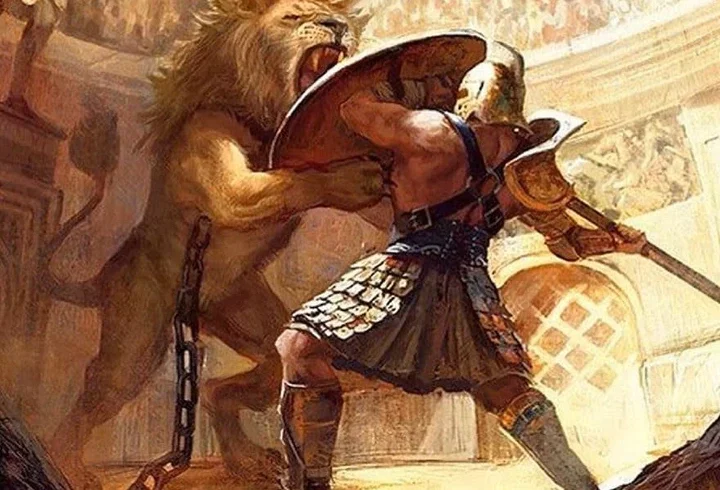
In the iconic Roman Colosseum, famous gladiators entertained audiences with battles against each other, wild animals, and criminals. During the Roman Republic and later the Roman Empire, spectators would jam-pack the historic Colosseum to witness gladiators fight to the death in combat.
Construction of the great theatre began under the guidance of Emperor Vespasian, with Emperors Titus and Domitian adding additional changes. Also known as the Flavian Amphitheatre, it sits near the equally iconic Roman Forum in the heart of Rome, Italy. Consisting of volcanic rock, concrete, and travertine limestone, the Colosseum could hold 50,000 to 80,000 spectators who would feverishly watch gladiatorial combat, chariot races, and executions. The iconic landmark underwent several changes throughout the medieval period before becoming one of Rome's most popular tourist attractions.
A majority of gladiators were enslaved people who had no choice but to fight to the death in the arena. That said, there were several gladiators who volunteered to compete in the most dangerous fight, risking their lives for wealth and status. The best scenario was a victory or a hero's death. Either way, they would become immortalized in Roman culture and admired by those that witnessed their heroic death. So let's travel back to the Roman world and uncover the most famous gladiators to fight in the Colosseum.
1. Flamma
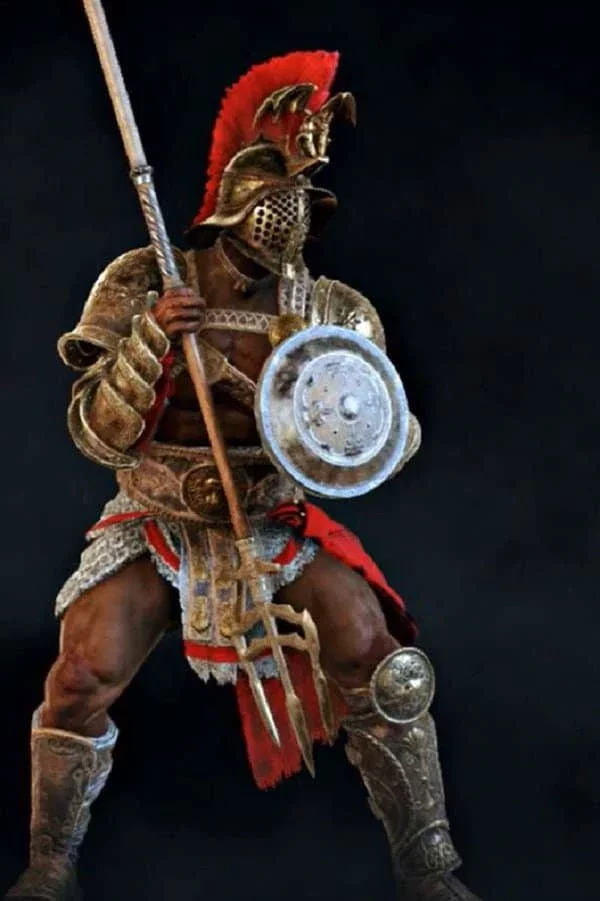
Flamma was the most feared and famous gladiator to set foot in the iconic Colosseum. Unlike other gladiators, Flamma loved the life of a gladiator. He even turned down several offers to gain his freedom. Flamma always knew his destiny was battling inside the Colosseum. Wearing little armor and only taking his trusty small sword and shield into battle, Flamma amassed an impressive record of 21 wins, nine draws, and four losses.
For 13 years Flamma was unstoppable with his intense fighting style and skills. Despite being enslaved, he spent the early part of his life as a Syrian soldier. He commanded respect in gladiatorial school as he excelled as a fearless warrior. Flamma remained an honorable gladiator for the rest of his life.
2. Spartacus
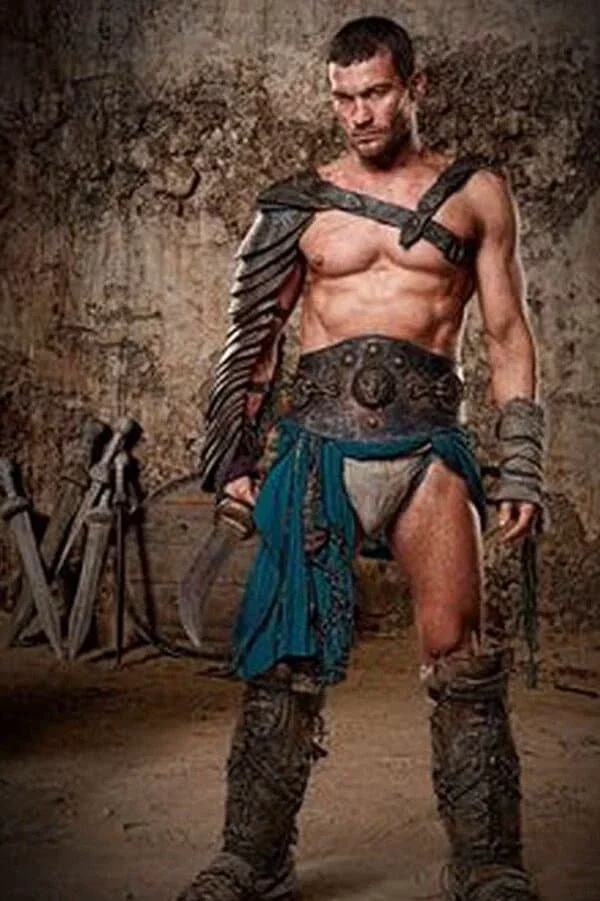
Born in 103 BC, the Ancient Roman gladiator Spartacus was the most famous gladiator who never fought in the Colosseum. The enslaved gladiator could no longer handle the abuse he endured in gladiator school and escaped enslavement in 73 BCE, hiding at Mount Vesuvius. Spartacus' actions inspired other enslaved gladiators who ran from their owners to join the famed warrior. One year later in 72 BCE, Spartacus led the most famous slave uprising against the Roman army.
Better known as the Third Servile War, Spartacus and his army of 100,000 formerly enslaved gladiators scored early wins against the Romans in Gaul. However, the Roman Empire didn't take Spartacus lightly. In Lucania in 71 BCE, General Marcus Licinius Crassus destroyed the uprising killing the entire army, including Spartacus.
Historians know very little about Spartacus' life before he became enslaved but he remains one of the best-known gladiators. Even Kirk Douglas portrayed the brave gladiator and general in the epic 1960 film Spartacus.
3. Priscus and Verus
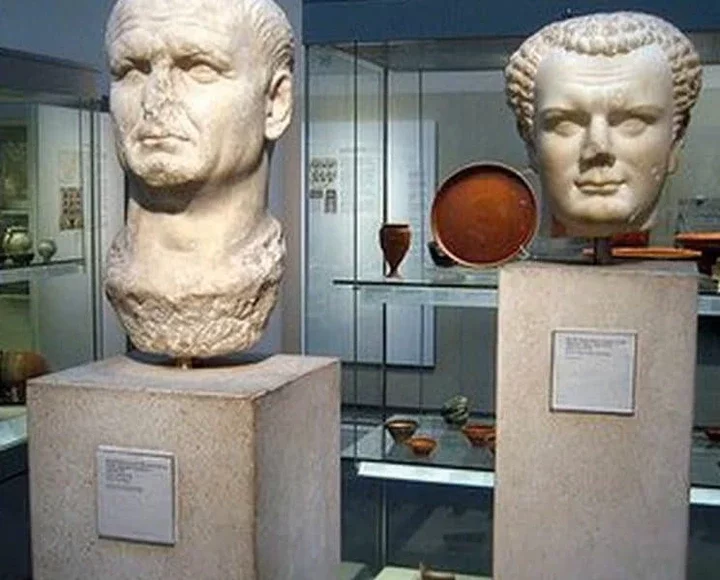
In AD 80, Emperor Titus decided to host an inaugural sporting event at the brand-new Flavian Amphitheatre. A series of disasters beset the start of his reign, including the plague, a great fire in Rome, and the Mount Vesuvius eruption. Looking for something positive to get his followers on side, Emperor Titus turned to the famous gladiators Priscus and Verus.
Both men had trained at gladiator school and become two of the very best. The warriors took up arms in the Colosseum and stole the show, battling for hours in front of a rabid audience. They earned each other's respect and agreed to a draw in the historic battle. The crowd jumped to their feet, cheering wildly for the two gladiators. They won not only the spectators' hearts but also Emperor Titus's.
In a shocking turn of events, Emperor Titus declared both men the winners and granted them their freedom. The famous poet Martial documented the entire courageous and heart-pumping battle in his famous poems.
4. Marcus Attilius
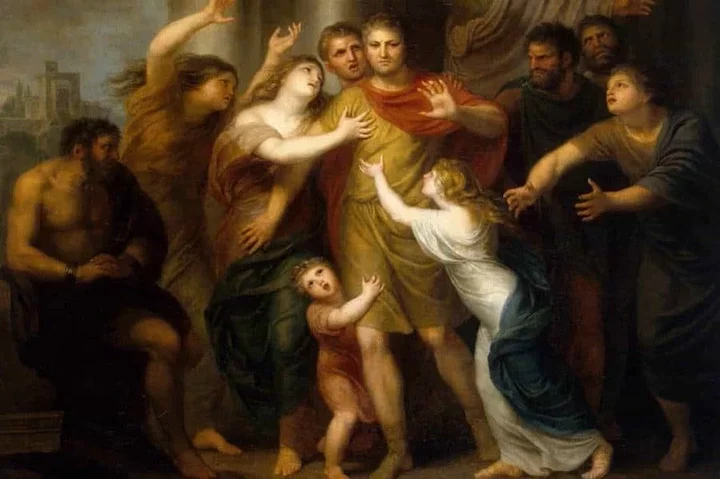
Unlike other gladiators, Marcus Attilius was a free-born Roman who likely volunteered to be a gladiator. He willingly agreed to attend gladiator school and when Attilius debuted in the amphitheater, he became the biggest star in the city.
Normally young gladiators would fight against other newbies, but Attilius was put against Hilarus, a very experienced fighter. He stunned audiences with a victory over the seasoned veteran, who surrendered to Attilius. The young gladiator followed that up with another shocking victory against another multi-time winning gladiator. His impressive wins turned him into Pompeii's ultimate gladiator. They even wrote his name in graffiti on the city walls and streets.
As fate would have it, the eruption of Mount Vesuvius decades later covered Pompeii in hot lava. The volcanic eruption in 79 AD preserved the city, including Marcus Attilius' name in graffiti.
5. Spiculus
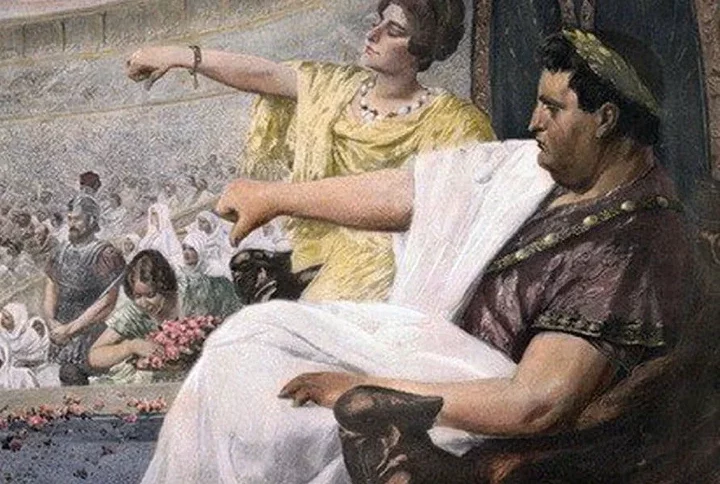
The enslaved Spiculus impressed more than just the audience the first time he stepped into the amphitheater. After attending gladiator school in Capua, he stunningly killed free Roman and veteran gladiator Aptonetus, who was on a 16-win undefeated streak. In that one instance, he became a hero to the people. The infamous Roman Emperor Nero also took notice of Spiculus and the ruthless Emperor and fearless gladiator soon became good friends.
Spiculus was the only enslaved person to own a home and property. He was also one of the only enslaved people who had other slaves working for him. Nero also showered his champion with lavish gifts and celebrations. In 68 AD, Nero's reign ended due to a slave rebellion. With death inevitable, Nero hoped his friend could execute him, but his guards couldn't find Spiculus. Instead, Nero took his own life, and the rebels destroyed Nero's statues by using them to kill Spiculus.
6. Commodus
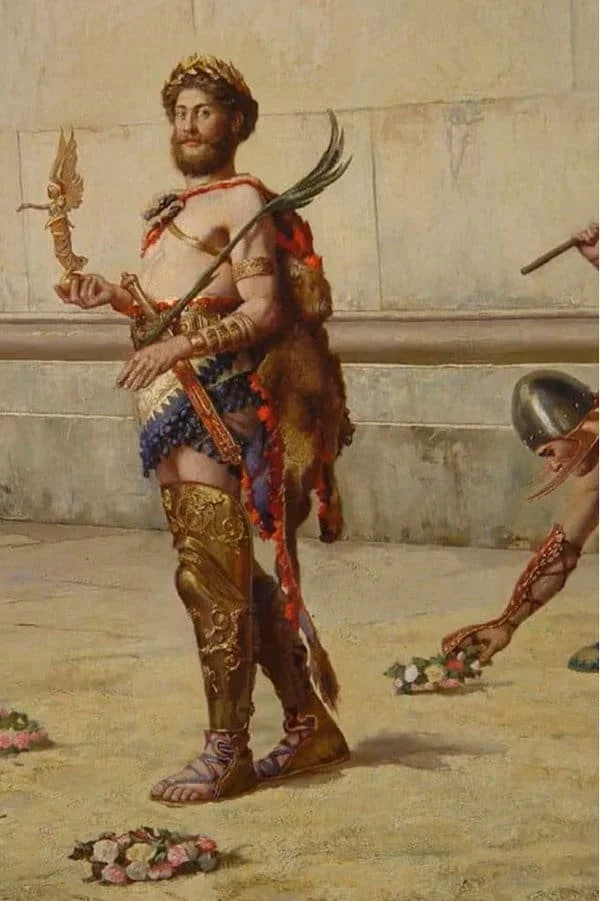
Historians often point to the disastrous reign of Emperor Commodus as the end of the Pax Romana or Golden Era of the Roman Empire. Ruling from 180 to 192 AD, Commodus had a reputation for his cruel, obscene, and harsh nature. He even claimed to be the reincarnation of Hercules and would wear his famous lion skin.
Also known as the "mad Emperor," Commodus stepped into the famed Coliseum 732 times to battle animals and other gladiators. Commodus always made sure he had an advantage, fighting injured animals or enslaved gladiators who were armed with only wooden swords. But he got his just desserts when he was assassinated in 192 AD. The ruthless Emperor Commodus' legend lives on in popular culture, notably in the 2000 film Gladiator, where he was portrayed by Joaquin Phoenix.
7. Carpophorus
While many warriors competed in gladiatorial combat against other gladiators, a few were famous for battling animals in the famed Colosseum. The gladiator Carpophorus was famous for risking his life to battle wild animals for the enjoyment of the common folk.
On the opening day of the Flavian Amphitheatre, Carpophorus wowed audiences with decisive wins over a bear, leopard, and lion. Later that same day, Carpophorus famously killed a rhinoceros with his trusty spear. He entertained thousands of fans in the amphitheater who cheered him on as he battled a variety of vicious animals. He remains one of Ancient Rome's greatest gladiators.
8. Crixus
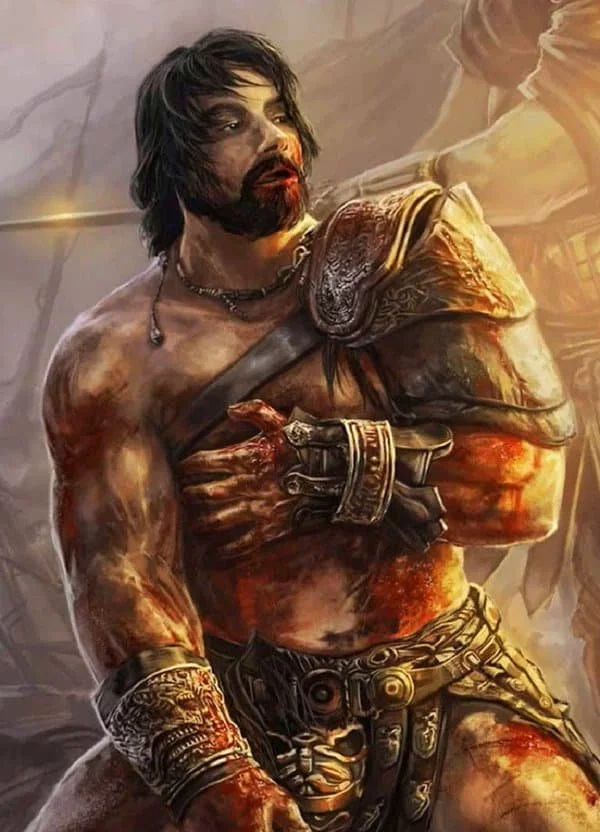
Few gladiators compared to the fearless warrior Crixus. He had a reputation for defeating much larger opponents in front of packed crowds at the Colosseum. But by 73 AD, Crixus had had enough of gladiatorial school and his owner, Lentulus Batiatus, so he escaped and joined up with the famed Spartacus and his army of escaped slaves.
After fighting off a small force, the group camped near Mount Vesuvius. Crixus became Spartacus's right-hand man, creating strategic battle plans used against Roman soldiers during the Third Seville War. At some point in 73 AD, Crixus and 30,000 followers split from Spartacus.
One theory suggests that Crixus and his men wanted revenge against the elite, so they planned to wreak havoc in Southern Italy. Meanwhile, Spartacus and his remaining followers wanted to reach Gaul and gain their freedom. It's also possible Crixus and Spartacus strategically split up with plans to reunite later, but that never eventuated as Crixus died in battle.
9. Hermes
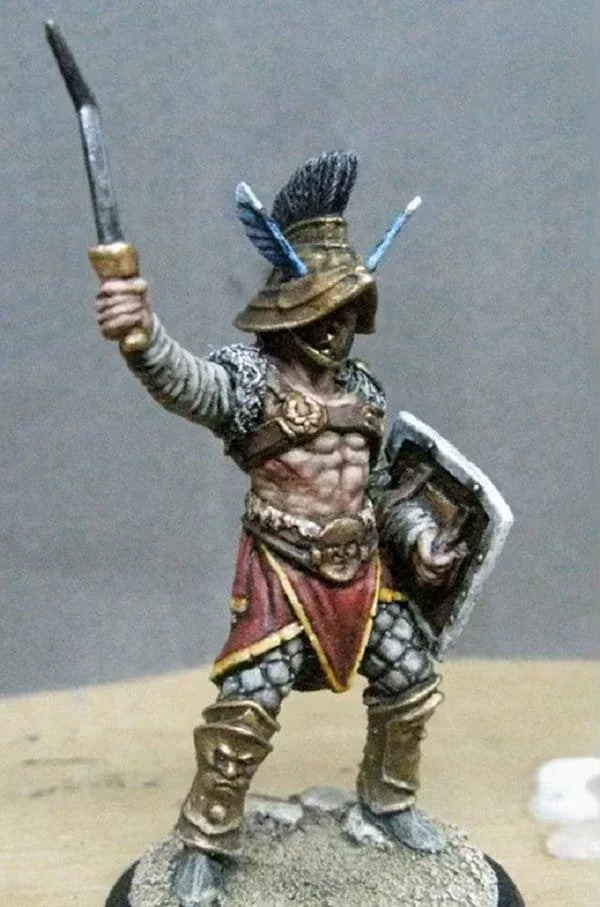
Poet Martial documented some of Ancient Rome's greatest and most important gladiators to fight in the Colosseum. His poems helped keep the memory of the Roman gladiator Hermes alive for centuries. Martial even devoted complete poems to honoring Hermes' incredible fighting styles and skills.
The gladiator was a master at using weapons and hand-to-hand combat. With his knowledge and skill, Hermes competed in many nail-biting battles, facing the possibility of death each time. He was said to have the strength of three men and dominated the Colosseum for six years.
10. Tetraites
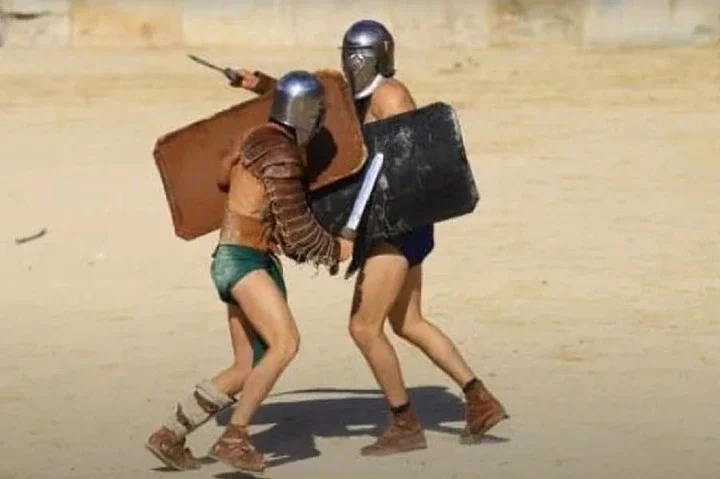
Ancient graffiti, carvings, and art tell the story of one of the most feared gladiators of all time, Tetraites. The bare-chested gladiator was famous for entering the Colosseum with his trusty sword, shield, and helmet and taking on anyone brave enough to step up to the plate. Tetraites gained widespread admiration from spectators with his legendary victory over rival Prudues. The battle and win became iconic in Ancient Rome.
Tetraities was hugely popular in the Roman Empire, making him among the best-known gladiators. His memory lives on through ancient artifacts from the period. In 1855, glass vessels documenting the Tetraite's victory over Prudes turned up in Southeast France. These glass vessels appeared in Hungary and England as well, commemorating the iconic gladiator.
11. Marcus Antonius Exochus
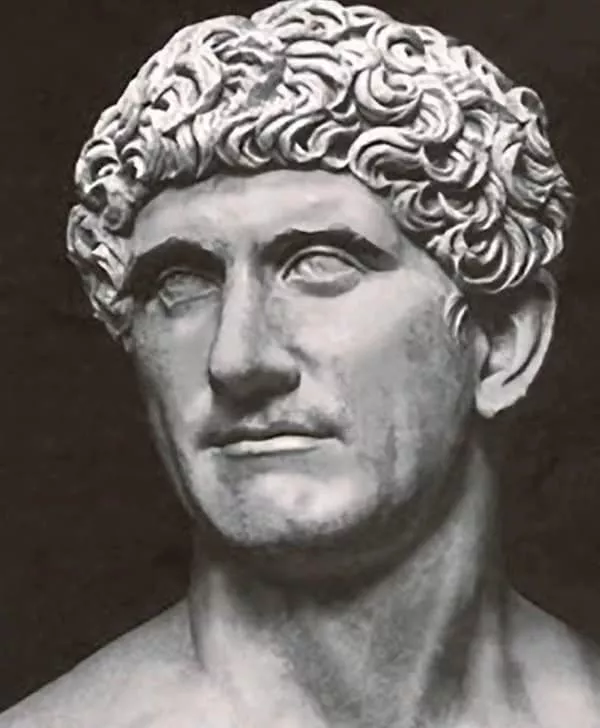
Born in Alexandria, Egypt, gutsy gladiator Marcus Antonius Exochus traveled to Rome to fight in the games paying tribute to the late Emperor Trajan in 117 AD. The iconic gladiator's tomb gives a partial telling of his most significant victory.
He fought Emperor Hadrian's slave Araxis in a brutal battle that lasted several hours. The Emperor was so impressed that he stopped the fight before there could be a winner. He praised both gladiators, allowing Exochus to retire and become a Roman citizen. While much of his life remains a mystery, he'll go down in Roman history as one of the greatest to fight in the Colosseum.



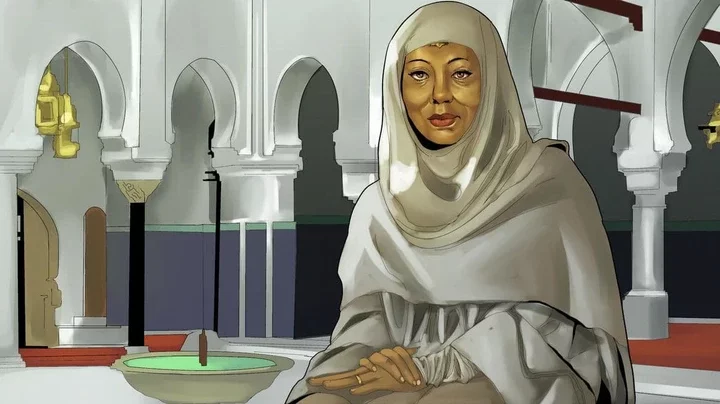
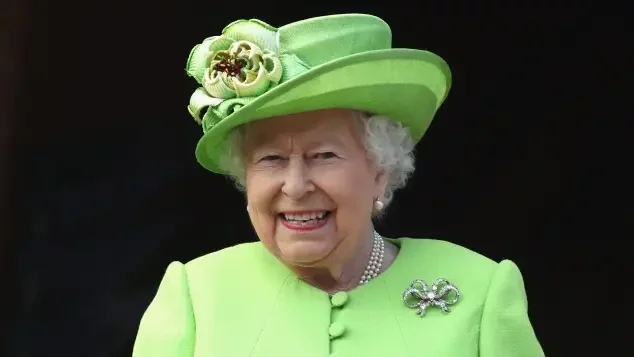











Comments